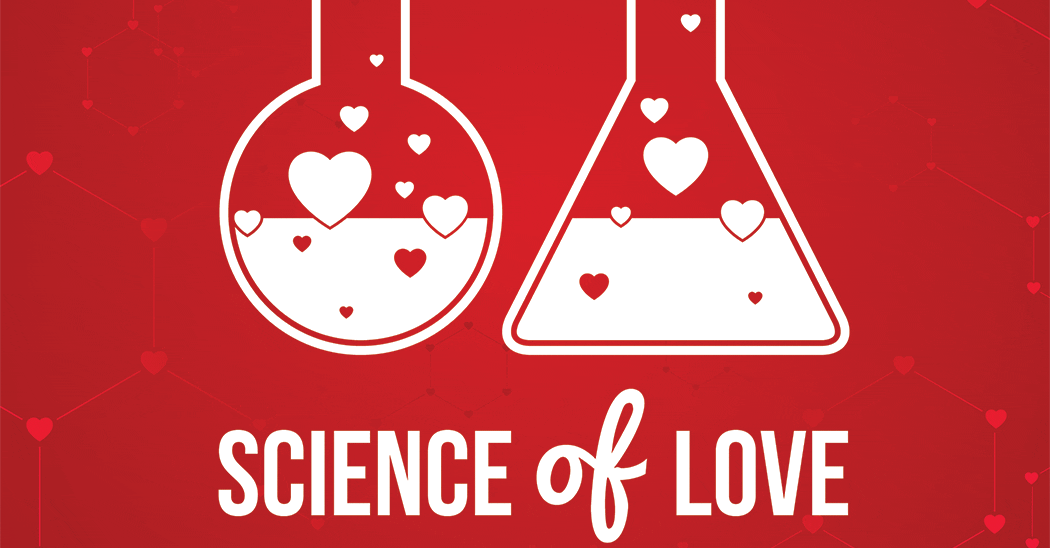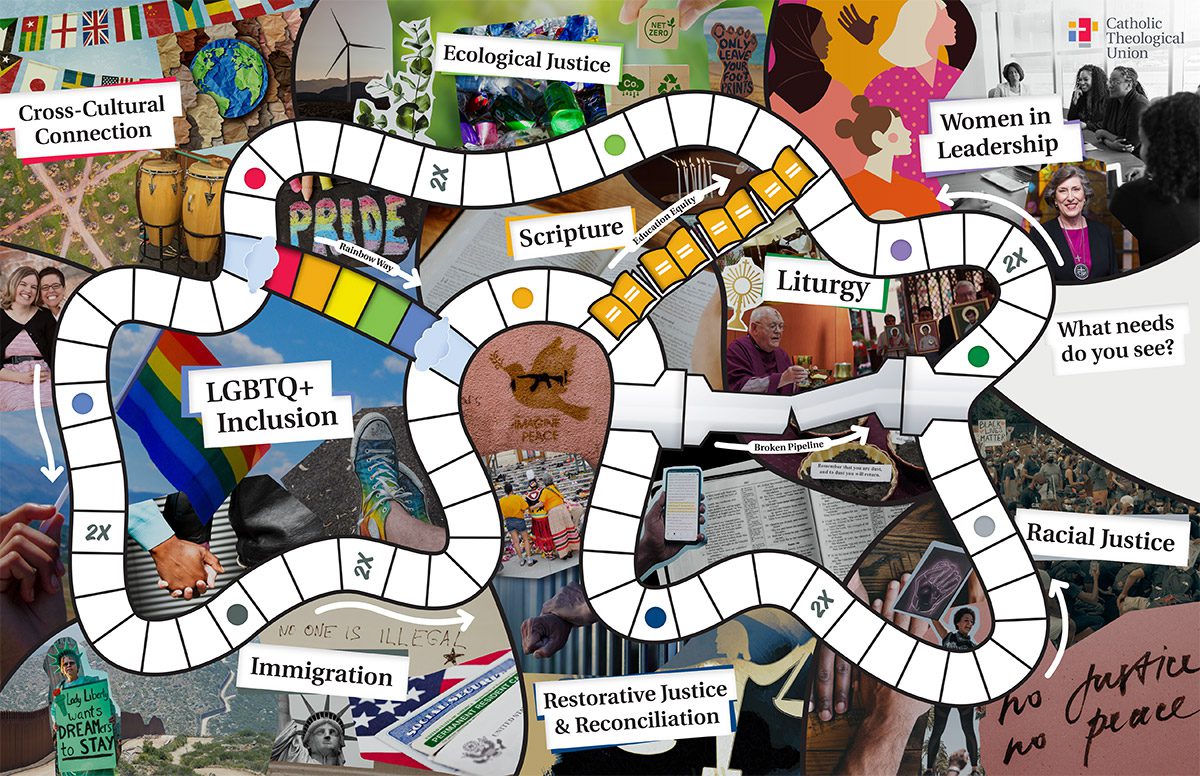Possible Preaching Themes
Possible Scientific Resources
- Nutrition, malnutrition, and a balanced spiritual diet (drawing on the Psalm)
- Not by sight? Sheep senses for shepherd recognition (drawing on the Gospel)
- Shepherding benefits the shepherds (drawing on the Gospel)
- Sheep require a balanced diet
- The nutrition requires for sheep are complex https://www.merckvetmanual.com/management-and-nutrition/nutrition-sheep/nutrition-sheep
- Avoid malnutrition, avoid food and water deprivation https://link.springer.com/content/pdf/10.1007/978-1-4020-8553-6_7.pdf?pdf=inline%20link
- Good shepherds expose sheep to plant biodiversity: verdant pastures, right paths Farm biosecurity checklist for sheep producers | Agriculture and Food
- Sometimes experience is the best help in raising healthy flocks of sheep. https://www.academia.edu/23633155/The_art_and_science_of_shepherding_tapping_the_wisdom_of_French_herders
- They hear his voice, perceive his smell, and see his face
- Sheep may not be as dumb as we think How Smart Are Sheep? Researchers Find Surprising Answers – Countryside (iamcountryside.com)
- Sheep do recognize voices and even faces Can Sheep Distinguish Shepherds Voice?
- Sheep not only recognize familiar faces but can be taught to recognize unfamiliar faces https://doi.org/10.1098/rsos.171228
- What is the shepherd-sheep exchange?
- On the bond between humans and livestock The Bond between Humans and Livestock | College of Veterinary Medicine at MSU
- 12 reasons why sheep are the coolest livestock you can raise https://www.jrpiercefamilyfarm.com/blog-1/2019/07/04/12-reasons-why-sheep-are-the-coolest-livestock-you-can-raise
- A video of traditional making of sheep cheese in Romania https://youtu.be/Ho_Bo2ldn-g
Homily Outline Combining Resources
A Homily drawing mostly on Shepherd-Sheep Exchange (the Psalm and the Gospel)
- The image of shepherding and the idea of God acting as the Shepherd of His people is found throughout the Bible, e.g.,
- on his deathbed, the patriarch Jacob summarizes his life by declaring that God had been his shepherd all of his life to this day,
- in Revelation when the saints who emerge from tribulation are brought before God, the text declares that the Lamb in the center of the throne will be their shepherd, shall guide them to springs of living water, and God shall wipe every tear from their eyes.
- The passage in today’s gospel is one of the most extended Shepherd-sheep metaphors in all of scripture.
- The Divine is like a Good Shepherd.
- We love hearing about the Lord who is our shepherd and attends to all our needs.
- This image was powerful for our ancestors in faith who had long and deep traditions as herders, living out on the land with their flocks.
- Even today, however, this herding image is a potent one.
- There are over a billion sheep in the world today
- and they serve many important needs.
- Good Shepherds in today’s world are still required to lead sheep to diverse pastures to provide a balanced diet.
- They are there when the sheep need it most
- For example, when the environment does not naturally provide the proper nutrition for them
- Or when they face challenges such as shadows, dark surfaces and water, which are an issue for sheep due to their lack of depth perception
- Jesus self identifies as the Good Shepherd and even claims to be the sheep gate leading to safety and rich pastures
- The metaphor is a beautiful and comforting one, often evoked in times of grieving.
- But is there more to the image than that.
- Maybe an understanding of the mutuality between sheep and shepherds in the natural world might reveal something about our mutual exchange with God.
- What is in it for the shepherd?
- This image of the Good Shepherd is often examined in a way that places people (like sheep) on the receiving end.
- But shepherds also benefit from the sheep.
- Some of that benefit is economic in the meat, wool, milk and cheese that can be harvested from sheep.
- To maintain the ability to reap such economic benefits require an exchange in the shepherd-sheep relationship that must include the wellbeing of the sheep.
- Shepherds who make sheep cheese in Zabala, Romania recommend
- Watching that sheep do not run away
- milking them well
- not beating them
- and even stroking, pampering and whistling to the
- Scientists recognize that the wellbeing of sheep impacts their economic value.
- Beyond that, it is not unusual for humans to develop bonds with their animals, which can be a source of great personal satisfaction, even affection.
- The exchange in the God-humans relationship
- Believers acknowledge that God is a source of life, nourishment, revelation, and care.
- Yet it is also appropriate to recognize human beings as making a return on this Divine care and abundant life.
- As sheep provide food for shepherds, disciples feed those hungry for God’s Word
- By sharing stories of God’s loving Word in their lives
- And literally feeding members of the flock when their need is great.
- As sheep provide wool to keep shepherds warm, disciples take up the holy task of keep those God loves cared for and even clothed.
- As sheep provide companionship to shepherds, so disciples commit themselves to companioning others, especially those who feel lost or have strayed from community support.
- As the Good Shepherd lays his life down for the sheep, the sheep in turn give their lives to the Good Shepherd and sometimes lay it down for other members of the flock or in defense of the faith.
- In the God/Shepherd-Humans/Sheep exchange relationship:
- there is mutuality and gratitude
- there is no exploitation or abuse.
- The Shepherd-Sheep exchange is a life cycle: The Good Shepherd gives life in fullness and in mutuality sheep fully live life.
Related Homily Outlines
Couldn’t find what you’re looking for?
Try searching with another filter

Preaching with Sciences

Edward Foley, Capuchin
Duns Scotus Professor Emeritus of Spirituality
Professor of Liturgy and Music (retired)
Catholic Theological Union
Vice-Postulator, Cause of Blessed Solanus














